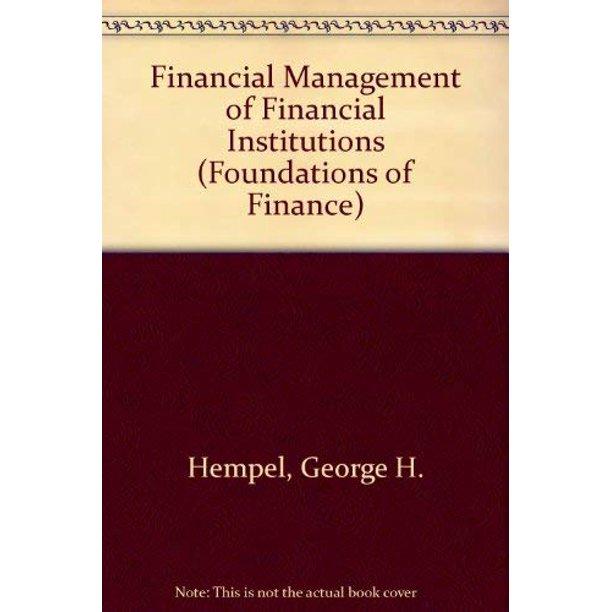Answered step by step
Verified Expert Solution
Question
1 Approved Answer
You have been approached by an investor friend for some advice. She is considering purchasing bonds in a new company that has recently started up
You have been approached by an investor friend for some advice. She is considering purchasing bonds in a new company that has recently started up and is producing a commodity. The company is a ring-fenced entity, which means the banking consortium which provided the debt only has a call on the plant assets, not the balance sheet of the parent companies involved. 60% of the capital cost of the plant was debt financed with 40% of the capital coming from owners equity.
With this project financed arrangement, the bank consortium had significant warranties provided by the company and their contractors to warrant successful initial operation of the plant. The plant is now running successfully, and passed its performance warranty test run 6 months ago.
The debt arrangements between the banks and the company are somewhat restrictive from the companys perspective and require that the company maintains a strict interest cover ratio. In essence this means the company must have enough cash to pay 2 times the monthly interest at any time. This limits the companys ability to pay dividends and may restrict future investments in other plants.
The company would prefer to have more financial flexibility and intends to raise bonds to pay off the bank debt. The current bank interest rate is 6% and it is expected the bond rate will be 8.5%. Note: bond holders earn a higher interest rate but have less favourable covenants, banks have a lower interest rate but impose more restrictive covenants against the company.
The following represent the main accounting parameters of the company in USD as of the start of production (6 months ago).
Long term Liabilities: $1.2 billion
Long term Assets: $2 billion
Equity: $0.8 billion
Accounts payable = Accounts receivable
Retained earnings/cash reserves = $100 million
Projected revenue: $800 million/yr (at current commodity price) Feedstock costs: $250 million/yr
Expenses: $150 million/yr
Bank interest rate: 6% (no capital needs to be repaid)
Bond interest rate 8.5% (capital repaid in 30 years)
Depreciation: $133.3 million per year (fixed for 15 years)
Tax rate: 30%
Historical trends indicate the commodity involved varies in price from the current price by up to +/- 30%, but has a normal fluctuation range of +/- 10%.
Assume the bonds will be issues at the end of year 1. You might want to construct a simplified P&L and Balance Sheet and look at the Companys economic performance assuming a plant life of 30 years.
Step by Step Solution
There are 3 Steps involved in it
Step: 1

Get Instant Access to Expert-Tailored Solutions
See step-by-step solutions with expert insights and AI powered tools for academic success
Step: 2

Step: 3

Ace Your Homework with AI
Get the answers you need in no time with our AI-driven, step-by-step assistance
Get Started


